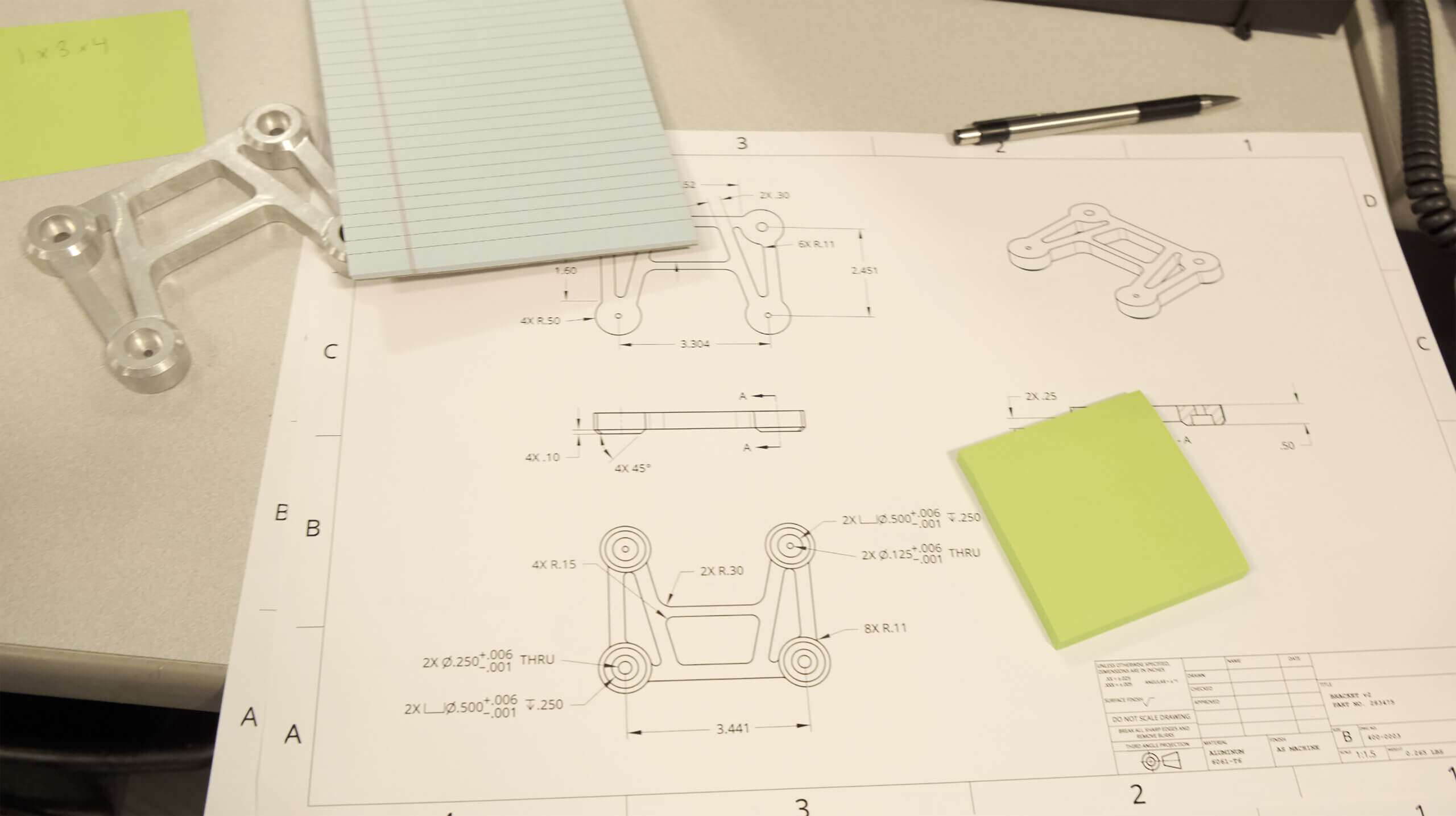
Manufacturing ERP Software – MES vs ERP
MES Versus ERP—What’s the Difference?
The world of manufacturing software is rife with acronyms. There are acronyms for almost any type of software solution—MRP, ERP, and CAD—or specific function or capability—MPS, MRP, ATP, and CTP. Two of the most common acronyms you may encounter while searching for manufacturing software or capability are ERP and MES. A manufacturing ERP or enterprise resource planning system manages all functions from “quote to cash” for manufacturers in a single integrated solution. These functions typically include customer relations, estimating, sales, work orders, production and scheduling, procurement, shipping and logistics, and financials. Conversely, an MES or manufacturing execution system is usually highly focused on production and operations management and providing information to make decisions on how the shop or factory floor can be optimized to improve production output. In other words, an ERP solution may include some level of MES capabilities, but an MES will never manage the breadth of activities that an ERP solution would.
Specific Functional Capabilities of an MES Solution
A “best of breed” MES solution will often have deep functionality in several key areas. These areas include the following:
• Product definition management (PDM)—including storage of production bills of material, routings, versions, and designs or drawings
• Work order management—including the creation of production orders based on the product definition and determining optimal run or batch sizes based on the orders in the ERP solution
• Scheduling and production management—including the ability to define highly complex scheduling algorithms to determine best-case production sequencing
• Production data collection (DC)—including the ability to collect and store actual setup and cycle time data reported manually by the employee or automatically from shop-floor machine controls through specific integrations to PLCs and other smart controls
• Production performance analysis—including the collection of data to analyze overall equipment effectiveness (OEE)
• Production track and trace—including information related to the history of specific lots of parts or specific serial numbers
Modern MES solutions often have very tight integration to modern ERP solutions through application programming interfaces (APIs) or web services to ensure bi-directional communication whereby the systems pass data seamlessly and without the need for human intervention in real-time.
What is the Best Investment Option—MES or ERP?
For many manufacturers, the question may arise as to whether they need or should invest in an MES solution, an ERP solution, or both to manage their operations. Unfortunately, there may not be a clear-cut answer to the question. However, as with any technology decision, the answer should be based squarely on the size and complexity of the operation and the exact need of the manufacturer. For many small manufacturers (< 100 employees), the right commercial Tier 2 or Tier 3 ERP solution with real-time shop floor data collection (via bar codes or smart devices) and finite or infinite capacity planning embedded in the solution will be sufficient and it is likely no need for an additional MES solution.
Conversely, for larger manufacturers with more complex product lifecycle management requirements, more complex scheduling requirements, or the desire or need to integrate directly to machines on the factory floor, the option to supplement their ERP solution with an MES solution is a logical next step. The correct MES solution tightly integrated with an ERP solution can further increase productivity, increase throughput, and reduce quality issues at a fraction of the cost of doing an entire “rip and replace” of the ERP solution.
In conclusion, MES solutions (when implemented correctly) have consistently been shown to improve productivity and performance while reducing costs. The question is ultimately whether every manufacturer (especially small manufacturers) need to make the additional investment on top of their ERP investment. Careful analysis of your current situation and requirements is the only way to know for sure.

